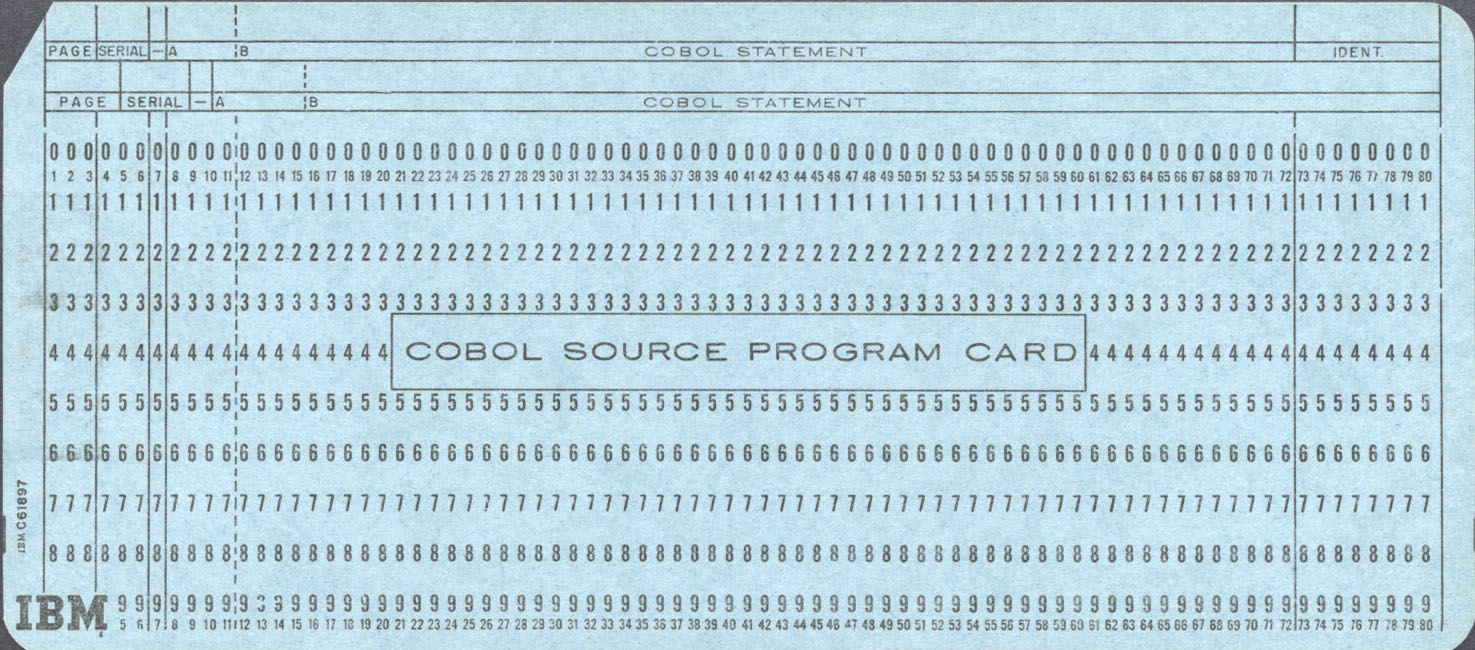Microsoft becomes R
 Microsoft has
entered in a new era that some of us have been waiting for years. Now Microsoft
is more open and the proof is their approach
to data science. As a software
company Microsoft has
added R to its catalog
of programming languages.
Microsoft has
entered in a new era that some of us have been waiting for years. Now Microsoft
is more open and the proof is their approach
to data science. As a software
company Microsoft has
added R to its catalog
of programming languages.
R is the world’s most powerful programming language for statistical computing, machine learning and graphics. R is an easy language to learn, and a very natural and expressive one for data analysis.
R was first implemented in the early 1990’s by Robert Gentleman and Ross Ihaka, both faculty members at the University of Auckland. Robert and Ross established R as an open source project in 1995. Since 1997, the R project has been managed by the R Core Group. And in February 2000, R 1.0.0 was released.
The R language was closely modeled on the S Language for Statistical Computing conceived by John Chambers, Rick Becker, Trevor Hastie, Allan Wilks and others at Bell Labs in the mid 1970s, and made publicly available in the early 1980’s.
The current version of Open R is the result of years of collaboration from people all over the globe. R was initially written by Robert Gentleman and Ross Ihaka, who were known as “R & R” of the Statistics Department of the University of Auckland.
At the center of the R Open Source Project and R Community is R Core, a group of approximately twenty developers who maintain R and guide its evolution. The official public structure for the R Community is provided by the R Foundation, a not for profit organization with an impressive list of members and supporters. The R Foundation ensures the financial stability of the R-project and holds and administers the copyright of R software and its documentation.
Microsoft R Open (MRO), formerly known as Revolution R Open (RRO), is the enhanced distribution of R from Microsoft Corporation. It is a complete open source platform for statistical analysis and data science.
The current version, MRO 3.2.3, is based on (and 100% compatible with) R-3.2.3, the most widely used statistics software in the world, and is therefore fully compatibility with all packages, scripts and applications that work with that version of R. It includes additional capabilities for improved performance, reproducibility, as well as Windows, Mac OS X, and Linux based platform support. Like R, Microsoft R Open is open source and free to download, use, and share.
MRO 3.2.3 was built on R-3.2.3 from the R Foundation for Statistical Computing. R is the most widely-used language for statistics and data science, and is ranked the 9th most popular of all data science languages by the IEEE. R is used by leading companies around the world as part of data-driven applications in industries including finance, healthcare, technology, scientific research, media, government and academia. The R language includes every data type, data manipulation, statistical model, and chart that the modern data scientist could ever need.
There are a lot of R related resources in the cyberspace but you can begin to learn it with DataCamp Introduction to R free course.

 Research Gate
Research Gate
 Google Scholar
Google Scholar



